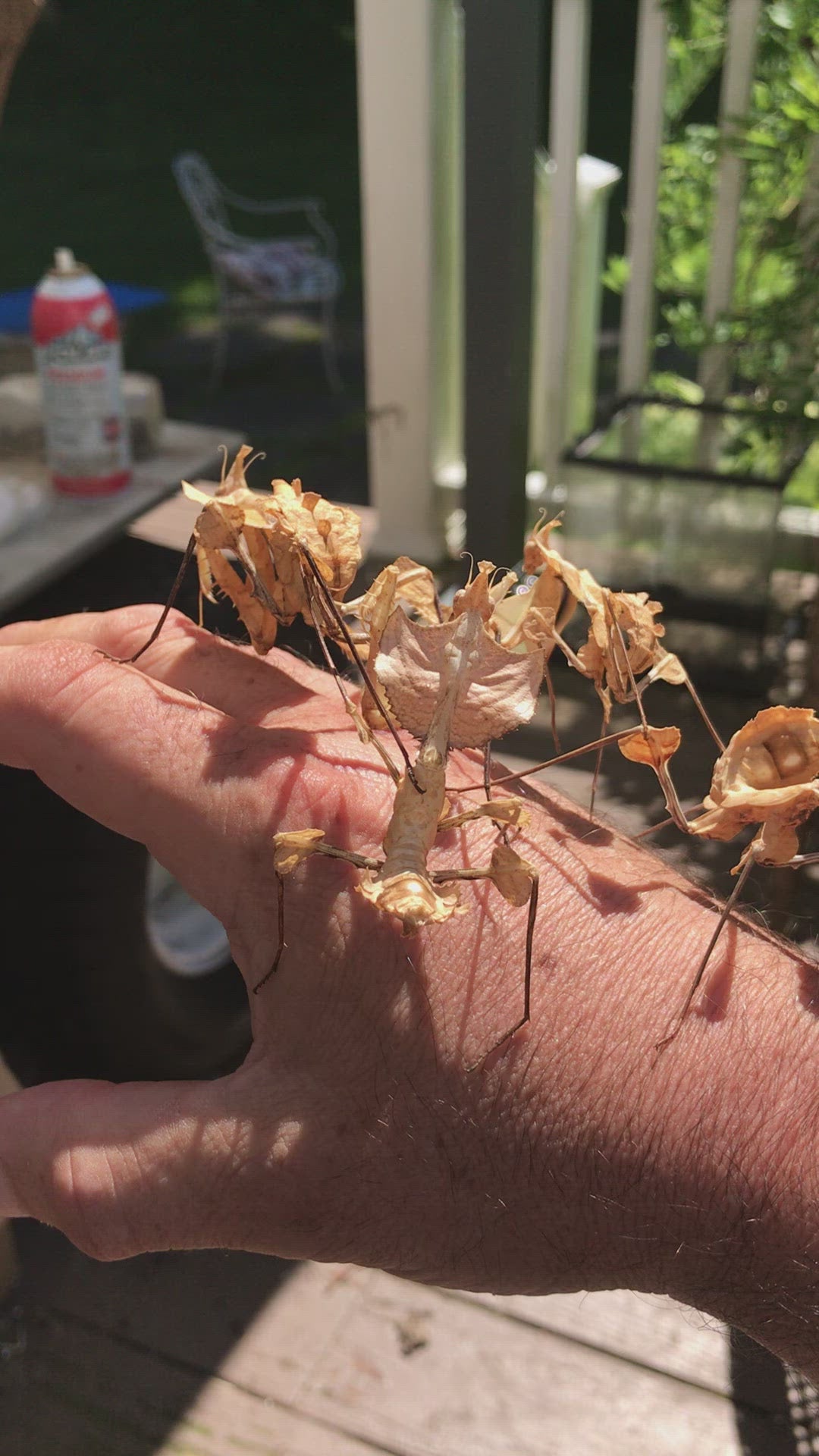
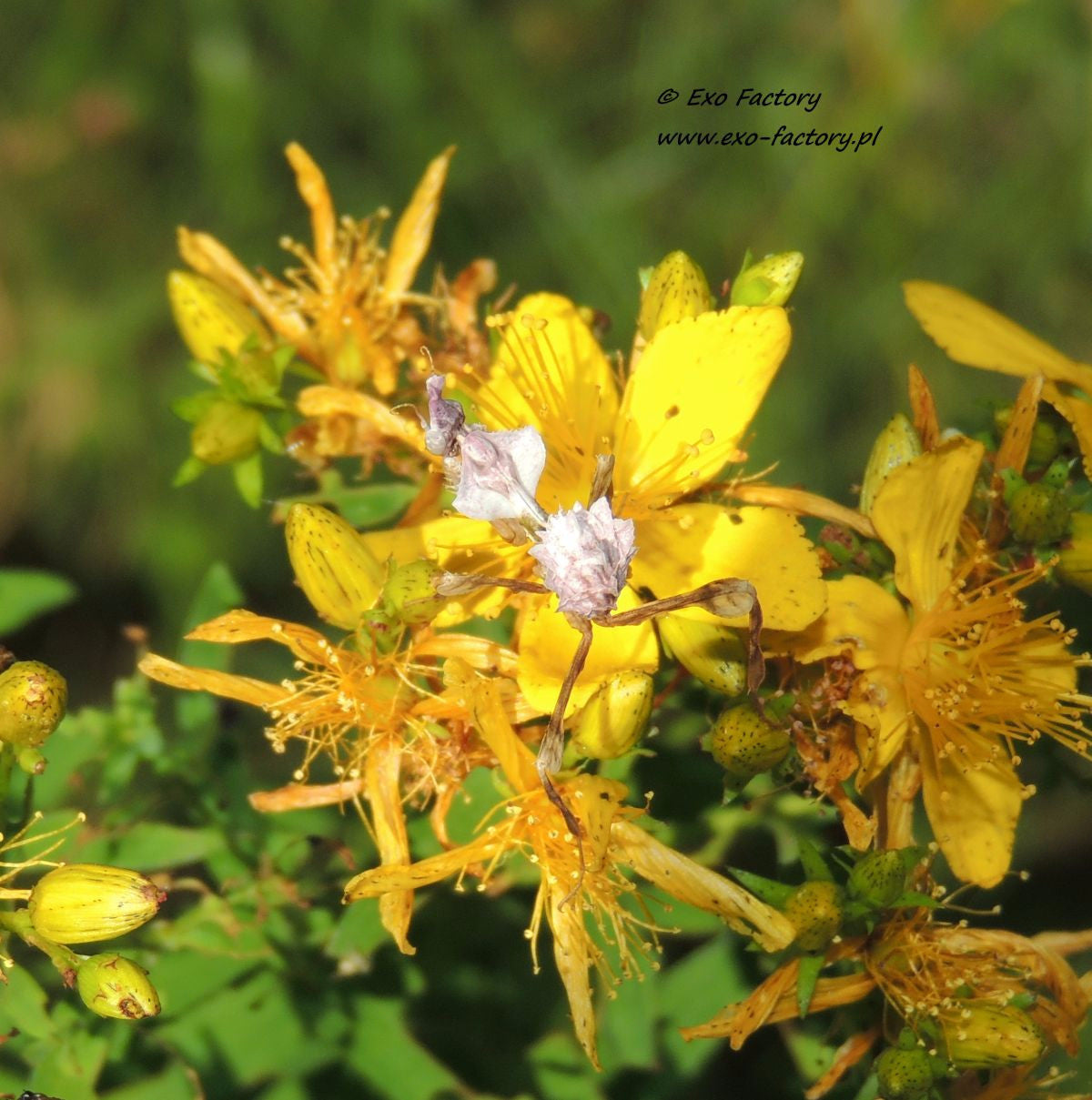
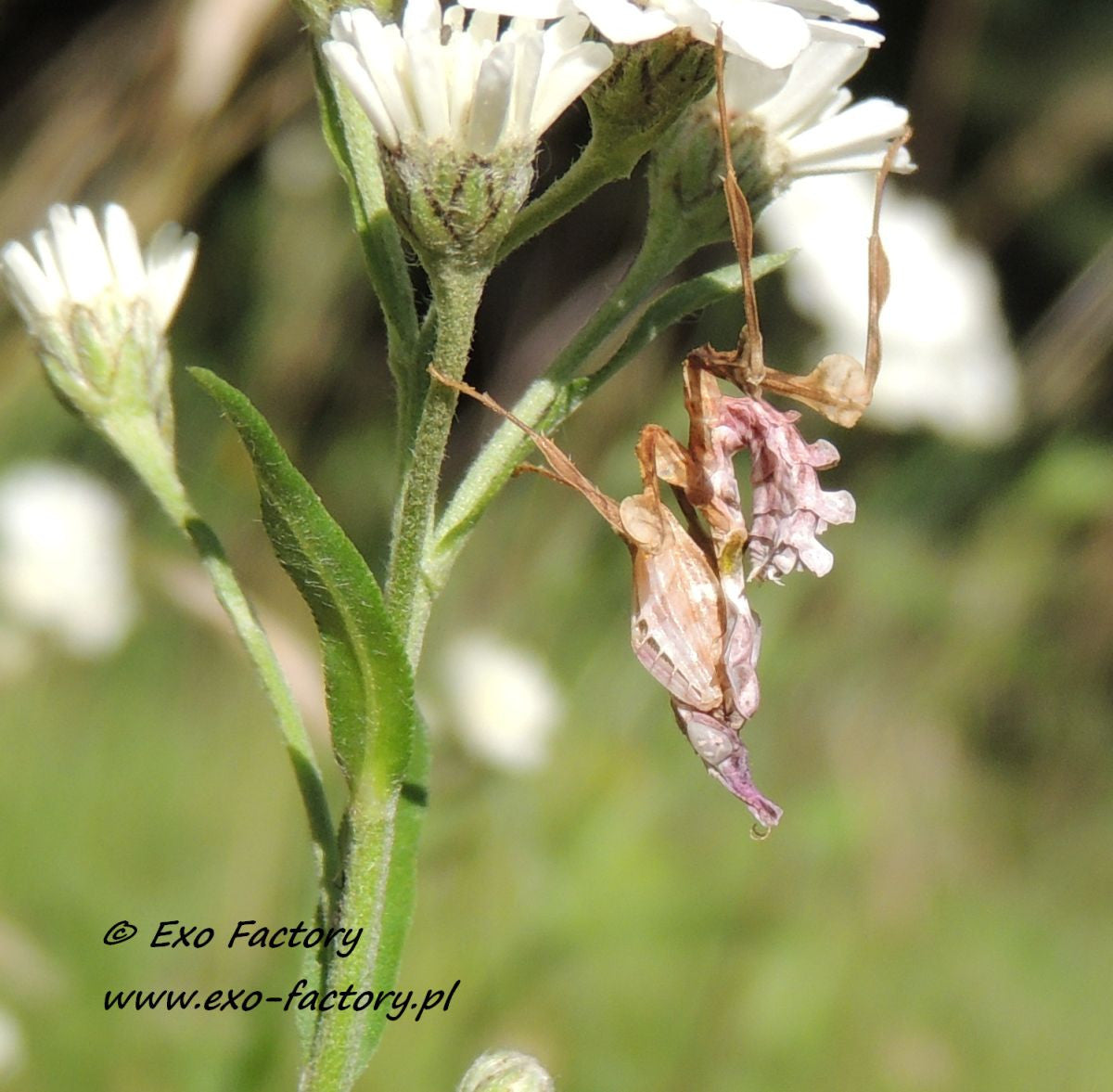
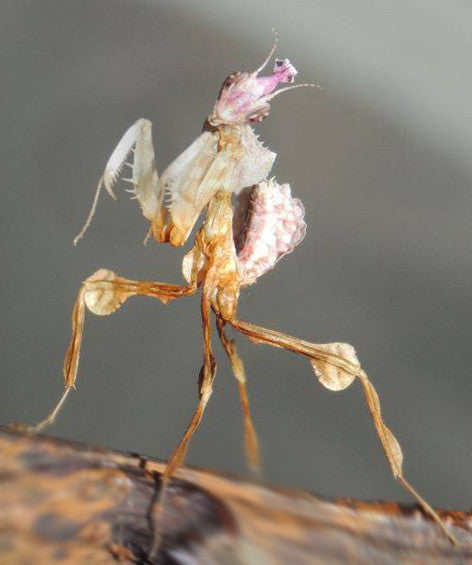
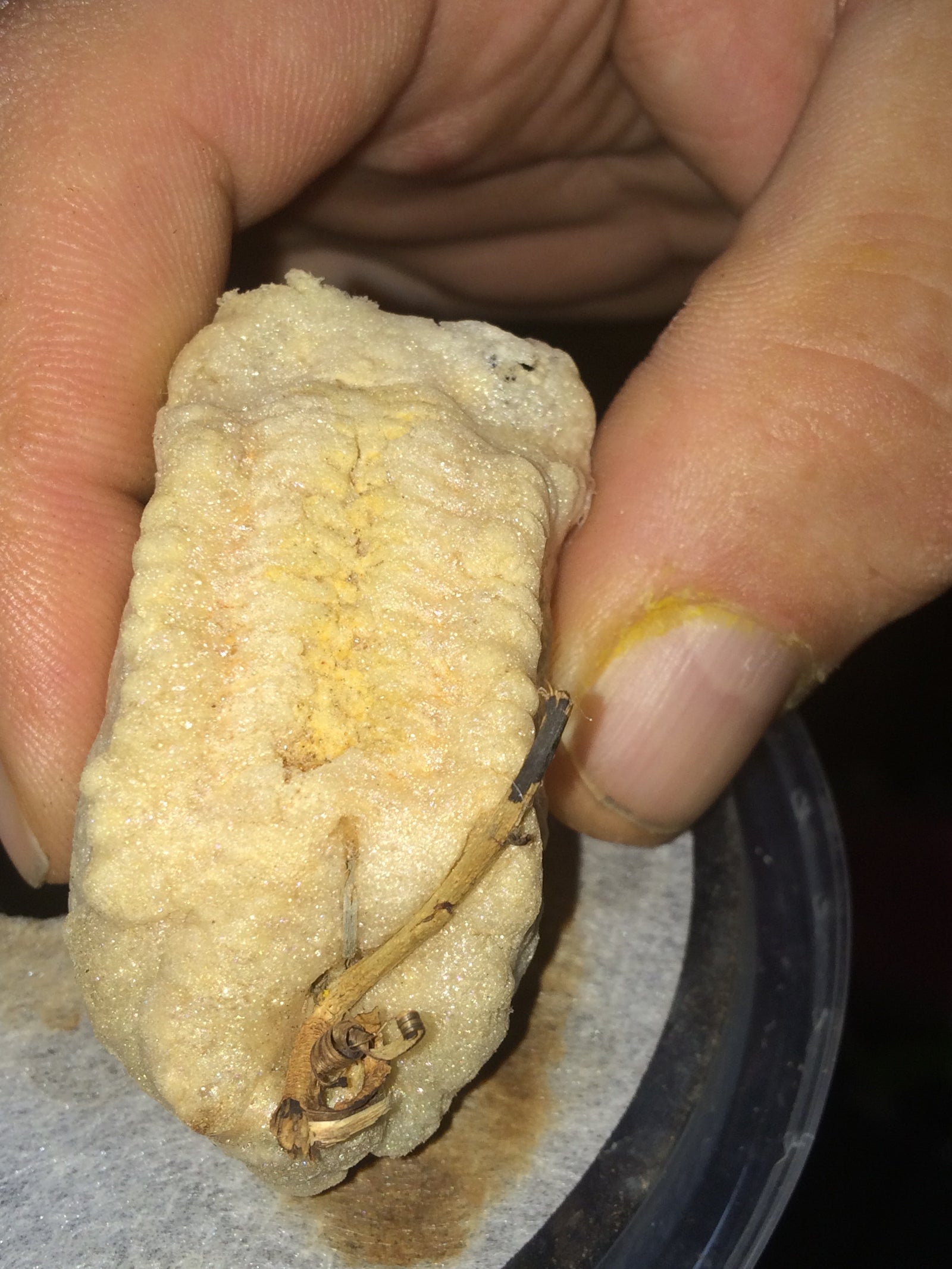
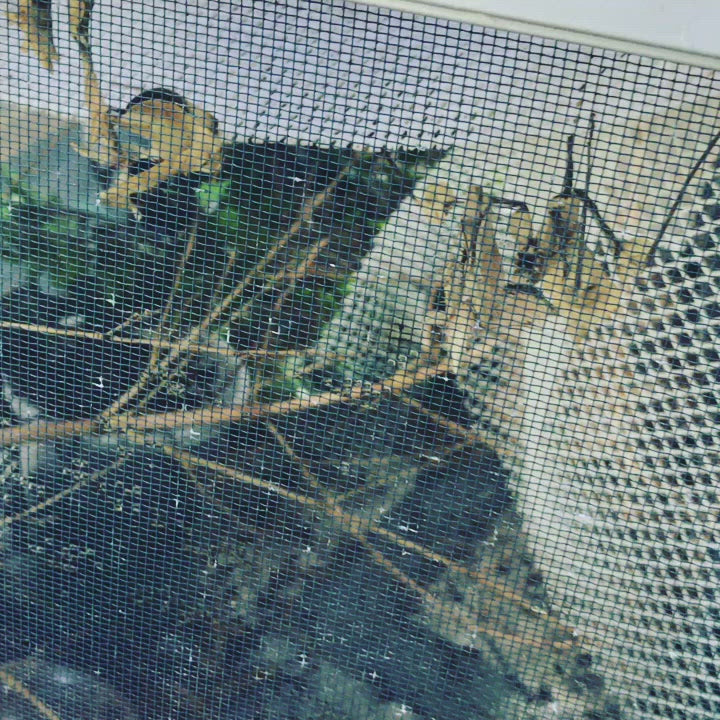
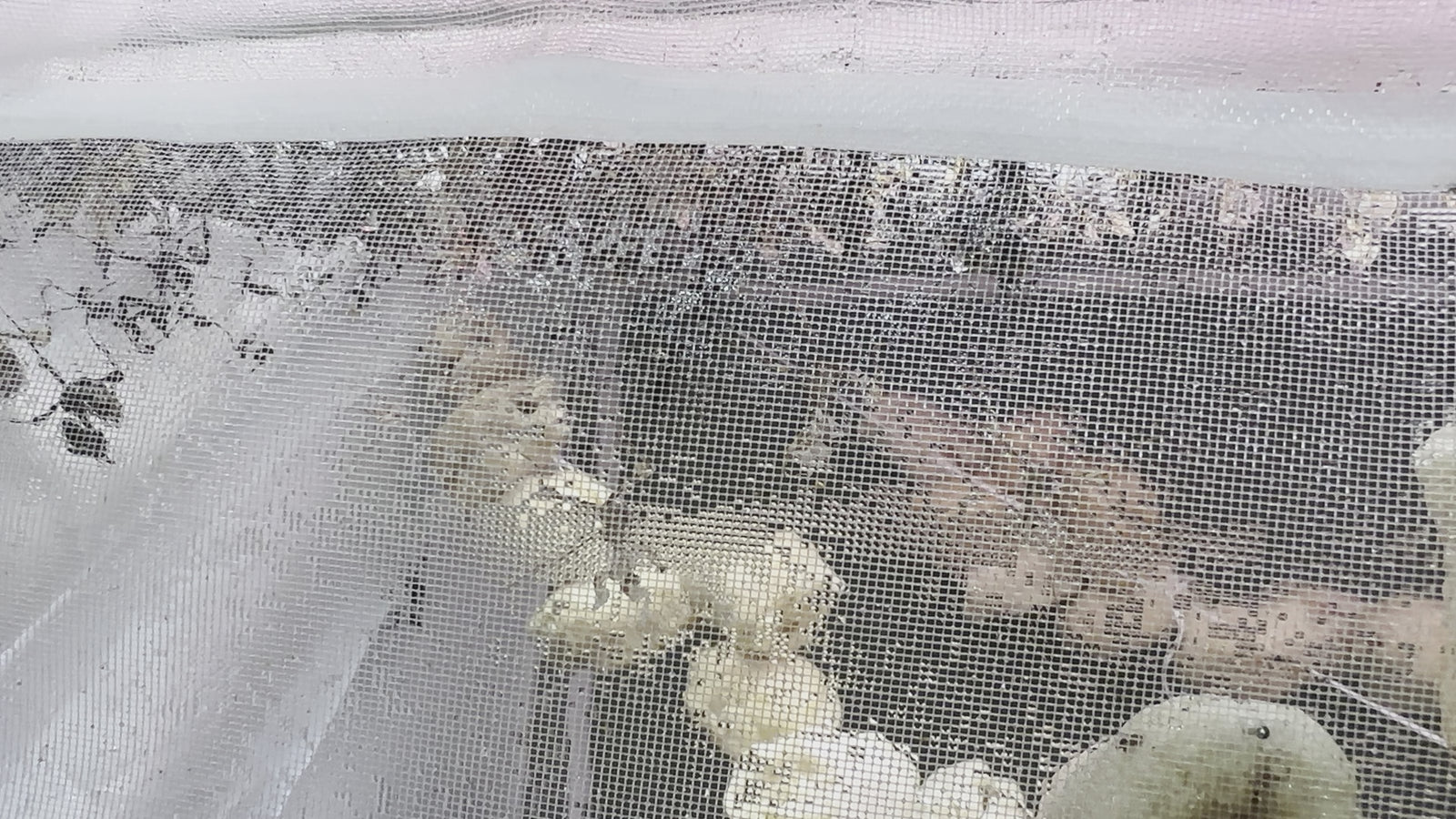
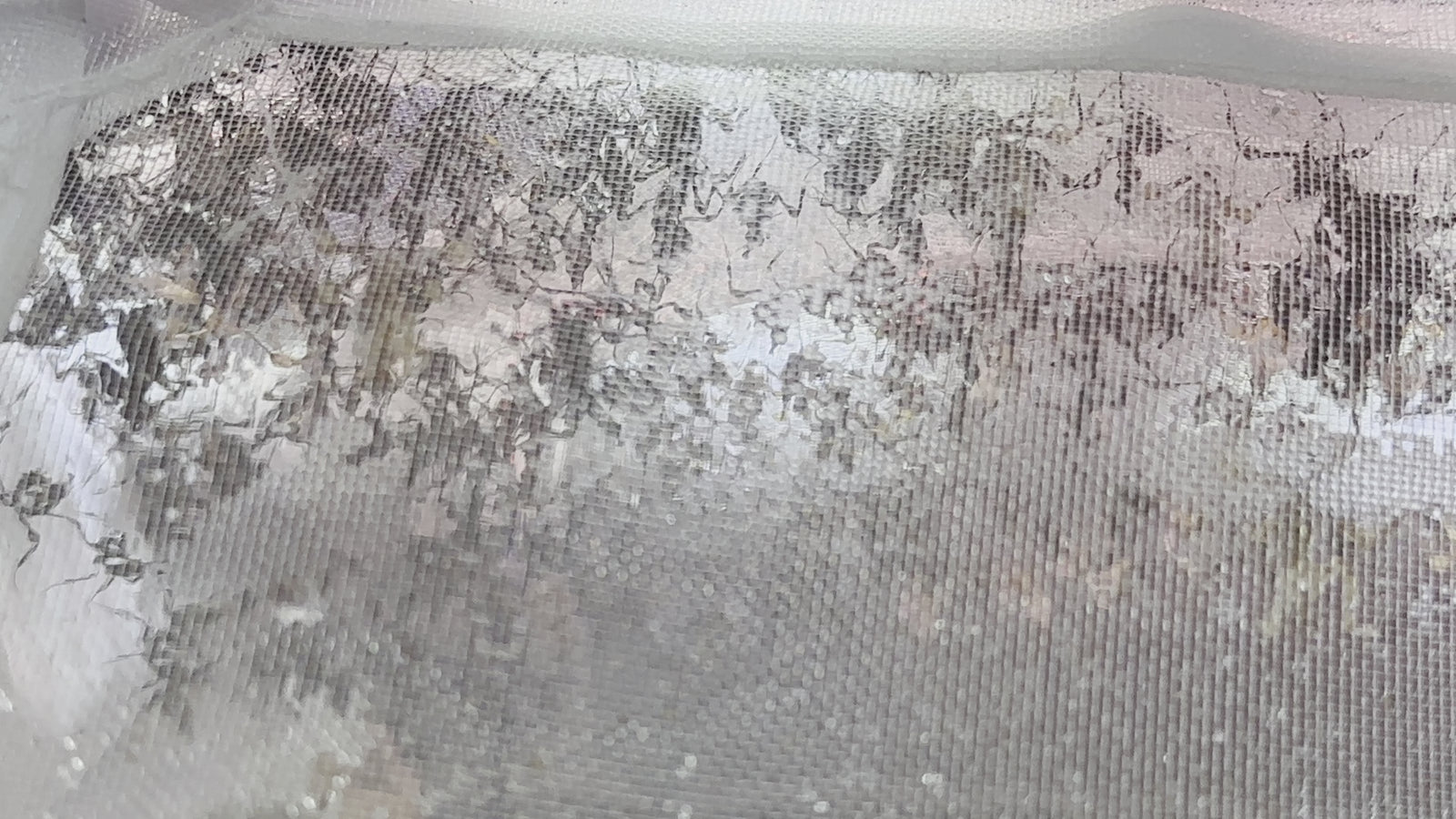
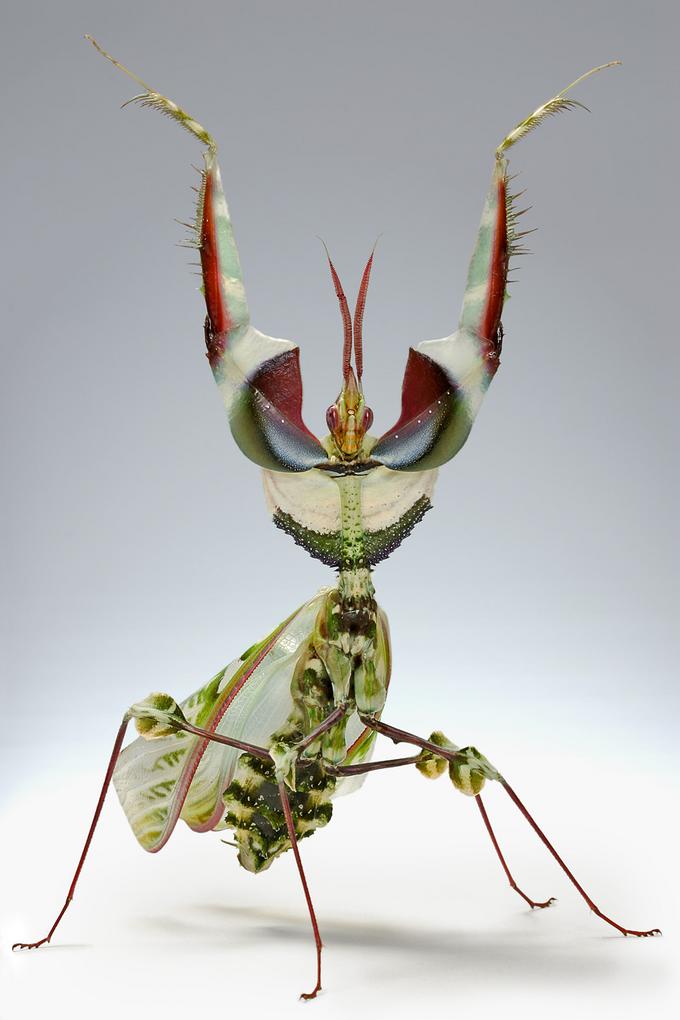
Sale
Idolomantis diabolica Devils Flower Praying Mantis
$95.00 - $750.00$165.00
Idolomantis diabolica L2-3 Idolomantis diabolica is a large mantis of the family Empusidae. Females grow to be about 13 centimeters (about 5 inches) in length, and males to about 10 centimeters (about 4 inches). They are native to Ethiopia, Kenya, Malawi, Somalia, Tanzania, and Uganda. Its threat display is magnificently colored, with red, white, blue, purple, and black.
There’s much to be learned about keeping this species challenging. It is so intricate in shape, petals, and fringes that mismolting is problematic. One of the most difficult species. Nymphs best cool nights
Behavior
The behavior Idolomantis diabolical is most well-known for its dramatic display, which is a response used to startle or momentarily distract a predator, allowing it to have a short space to escape. Both nymphs and adults of I. diabolica possess a unique deimatic display compared to other mantis species, where they raise their raptorial legs straight up aligned next to each other. This, combined with the very wide surface of the legs, gives the illusion that the mantis is much more giant in size than it is. Doing this also exposes the area on the inner surface of the legs, which is brightly colored in red, white, blue, and black.
Housing
As small nymphs, Idolomantis diabolica does not require as much space as adults, so they are easy to house in polystyrene drinking cups. The soft polystyrene sides allow the two tarsal claws to sink in easily, giving the nymphs a good grip.
Idolomantis diabolica can be kept communally in large net cages if the breeder wishes. Still, one should always be aware that there will be chances of cannibalism, just like any mantis species, if food becomes scarce. If too many nymphs/adults are kept in a small enclosure, two will often grab the same fly if they are near one another, which can result in the loss or damage of limbs.





